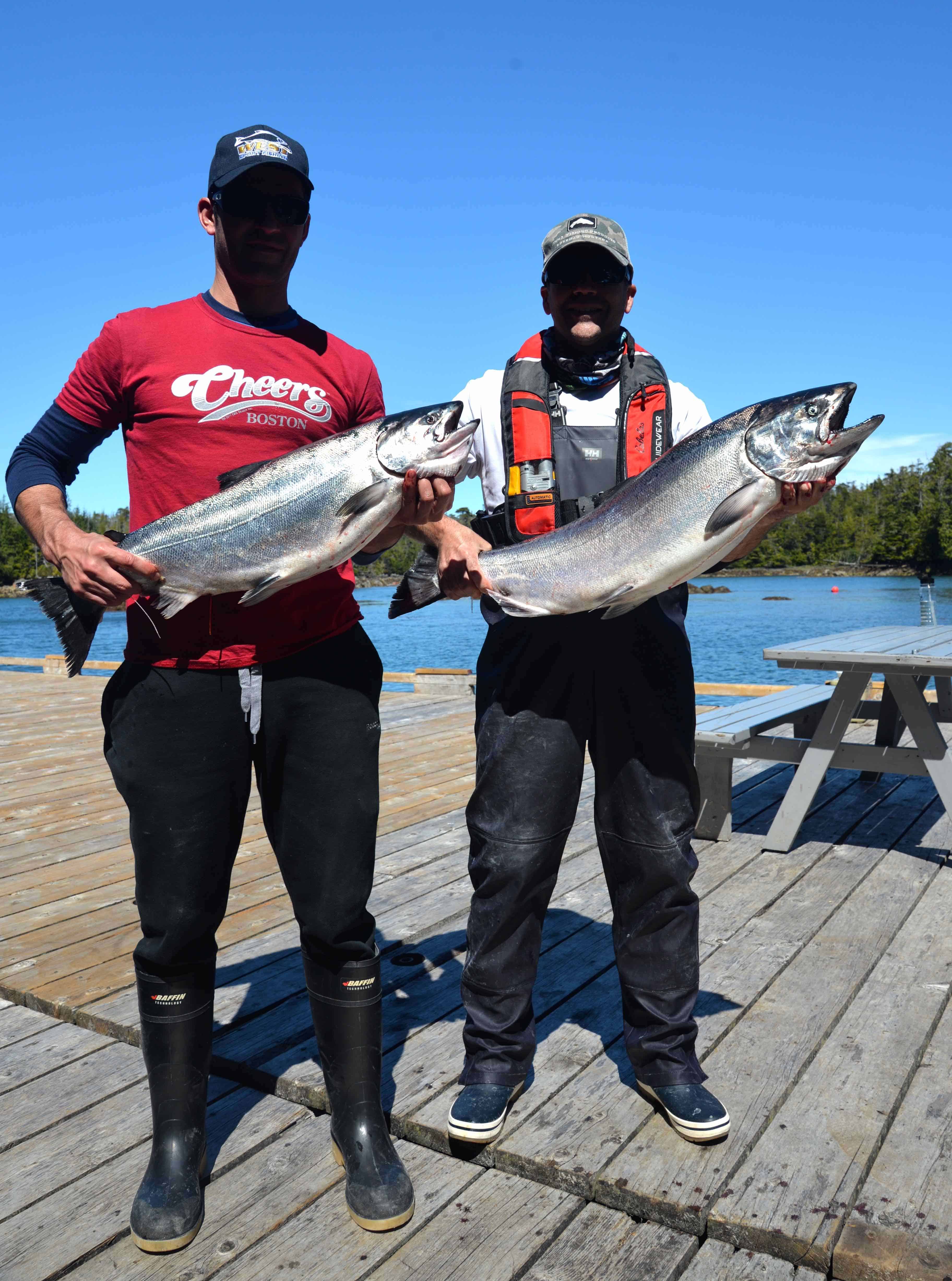
Its carcass is being housed with the California Department of Fish & Wildlife but could end up at a museum or another educational institution, news station KABC reported. Pacific footballfish live 2,000 to 3,300 feet in. Menacing-Looking Deep Sea Fish With Needle Sharp Teeth Washes Up on California Beach.

not known how the 18-inch fish ended up on the shore almost entirely preserved. Pacific footballfish live 2,000 to 3,300 feet in. 3010 Lafayette Rd, Newport Beach, CA 92663-3808 +1 94 Website Menu.


The deep-sea Pacific footballfish uses a phosphorescent bulb to attract prey. 585 reviews 11 of 228 Restaurants in Newport Beach American Seafood Sushi. A beachgoer at Crystal Cove State Park in Newport Beach came upon a nearly-intact Pacific Football Fish.It's a species of anglerfish that is. A beachgoer came across a decidedly rare sight while out for a morning stroll on California's Newport. The fish is characterized by its long, fleshy dorsal fin that extends in the front of its mouth, as well as its phosphorescent bulb, which can emit light to lure in unsuspecting prey. A deep-sea Pacific footballfish was found on California's Newport Beach on Friday. “Though the fish itself is not rare, it is extremely rare to see one this intact along a beach in southern CA,” Davey’s Locker Sportfishing & Whale Watching wrote on Facebook. black, bulbous beast was identified as a deep-sea Pacific footballfish, a species of anglerfish that are usually found at depths of more than 3,000 feet. The deep-sea Pacific footballfish is a species of anglerfish. Meanwhile, entanglement, absorption, or contamination of microplastics accumulated in their bodies may damage these animals due to plastic pollution.A Southern California beachgoer recently intercepted a “weird-looking” creature known as a footballfish while strolling along Newport Beach.īen Estes made the stunning discovery Friday at Crystal Cove State Park, according to a local boat tour agency. A rare fish spotted at Crystal Cove State Beach on Friday, May 7, is believed to be a Pacific Football Fish, typically found in deeper waters and seldom seen off the Southern California. While it's challenging to confirm correlation, Rob Deaville, project manager at CSIP, says there's proof that diseased animals have higher levels of environmental contaminants than safe animals. It's a species of anglerfish that somehow found. Both chemicals ultimately end up in the ocean, where they inflict long-term harm. A Pacific football fish, a spooky looking creature similar to that featured in the film Finding Nemo, has washed up on a beach in California. Many scientists will go their entire careers without ever seeing one of these fish they’re so rare. Estimated at 18 inches, the football fish sports a terrifying blend of black colorization and monster teeth, and is rarely seen anywhere near shore. Environmental ProblemsĪny factors, such as pollution, are difficult to detect. This species is called the Pacific Footballfish and it lives at normal depths of 2,000 to 3,300 feet. Overfishing deprives animals of their primary food supplies, forcing them to prey in marine or shallow waters. Robinson blames fishing for the baiji dolphin's physical disappearance and the imminent extinction of the vaquita. The most common human-made cause of death for cetaceans is entanglement in fishing lines. 'Its the stuff of nightmares' A rare, monstrous-looking fish normally found thousands of feet deep in the ocean washed ashore at a SoCal beach. Many of the accidents (and deaths) that result from strandings are caused by fishing, noise, ship collisions, and other factors. Humans are still contributing to the problem. Although orcas often launch themselves onto the beach to search, they sometimes make mistakes and must wait before a big enough wave washes them back into the water.

13, but scientists weren't notified until several days later and were unable to collect it. In a very rare sighting, a Pacific footballfish was found washed up on the sand of a California beach. Grover remembers orcas being trapped while chasing stingrays in shallow water, as well as dolphins diving onto a beach to escape an orca. Another Pacific footballfish was photographed in San Diego County's Black's Beach on Nov. Predation, whether predator or prey, can cause animals to beach themselves. Weakened animals may float with the current until they are washed ashore, while disoriented animals may stray into shallower waters by mistake.


 0 kommentar(er)
0 kommentar(er)
